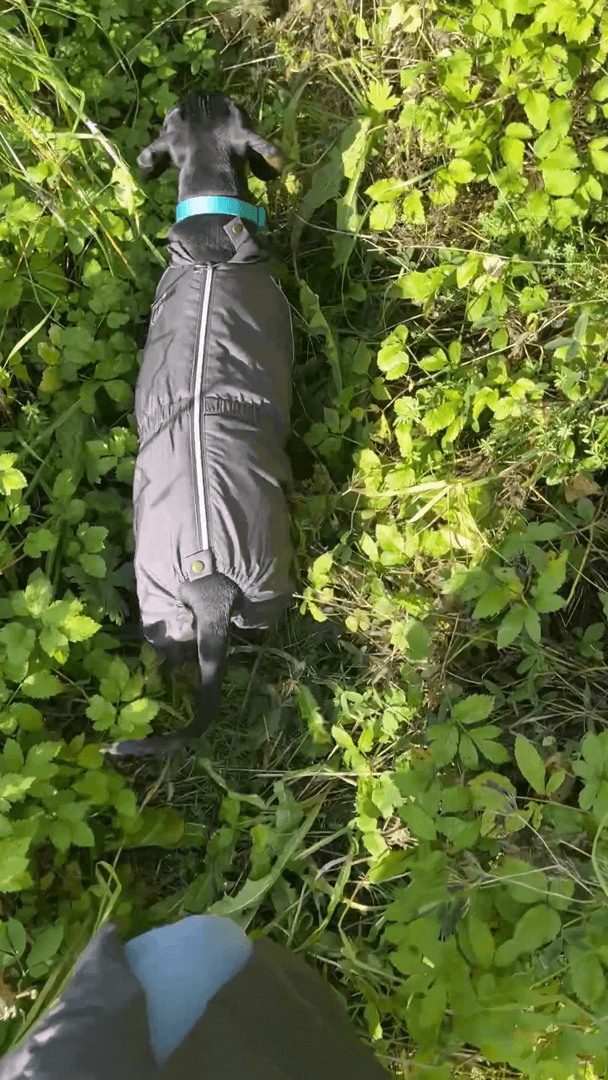
Pheasant Hunting Methods in Morocco: Field-Tested Techniques for Real Hunters 🦚 Pheasant hunting in Morocco isn’t a casual weekend pastime—it’s a calculated pursuit that demands skill, patience, and an understanding of terrain, bird behavior, and local conditions. Whether you’re walking up birds in the cork oak forests of the Middle Atlas or shooting driven pheasants in Benslimane, the methods used here are rooted in tradition and refined by experience. This guide breaks down the actual hunting techniques used in Morocco, with no fluff—just practical insight for serious hunters. --- 🎯 1. Walked-Up Hunting Over Pointing Dogs This is the most common and effective method for pheasant hunting in Morocco, especially in mixed terrain like vineyards, scrublands, and forest margins. 🔹 How It Works: • Hunters walk in a line across the terrain, typically spaced 10–20 meters apart. • Pointing dogs (English Setter, Brittany Spaniel, German Shorthaired Pointer) work ahead, quartering the g
Post: 14 December 23:42
















































